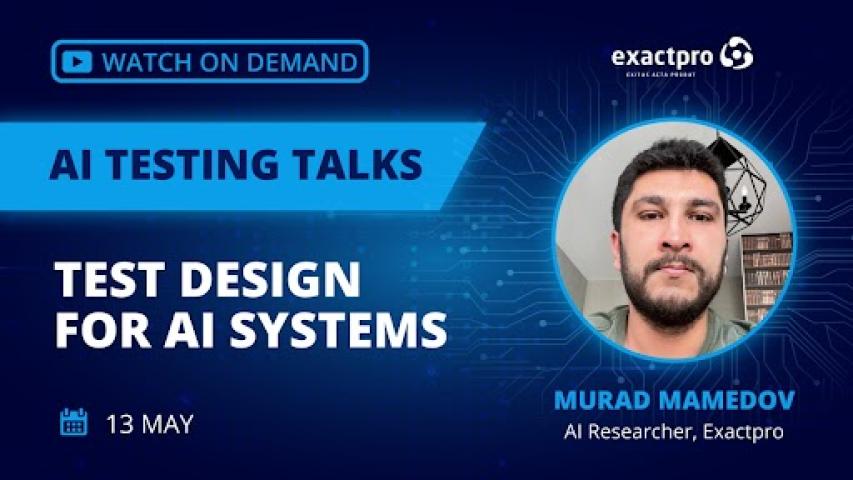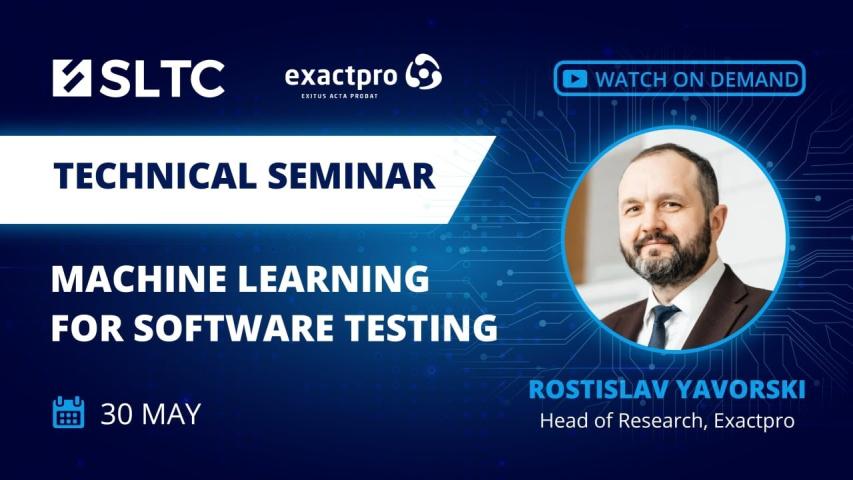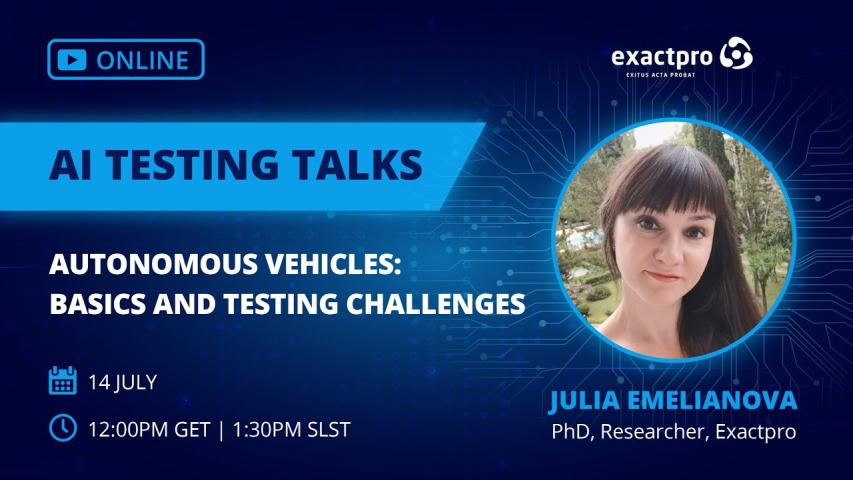Anomaly Detection is a mini-course, hosted as part of Exactpro’s AI Testing Talks events series. The mini-course consists of 3 lectures presented by Rostislav Yavorski, Head of Research, Exactpro. Rostislav reviewed the basics of anomaly detection, as well as the application of statistical and Machine Learning (ML) methods in software testing.






